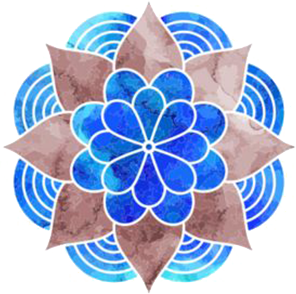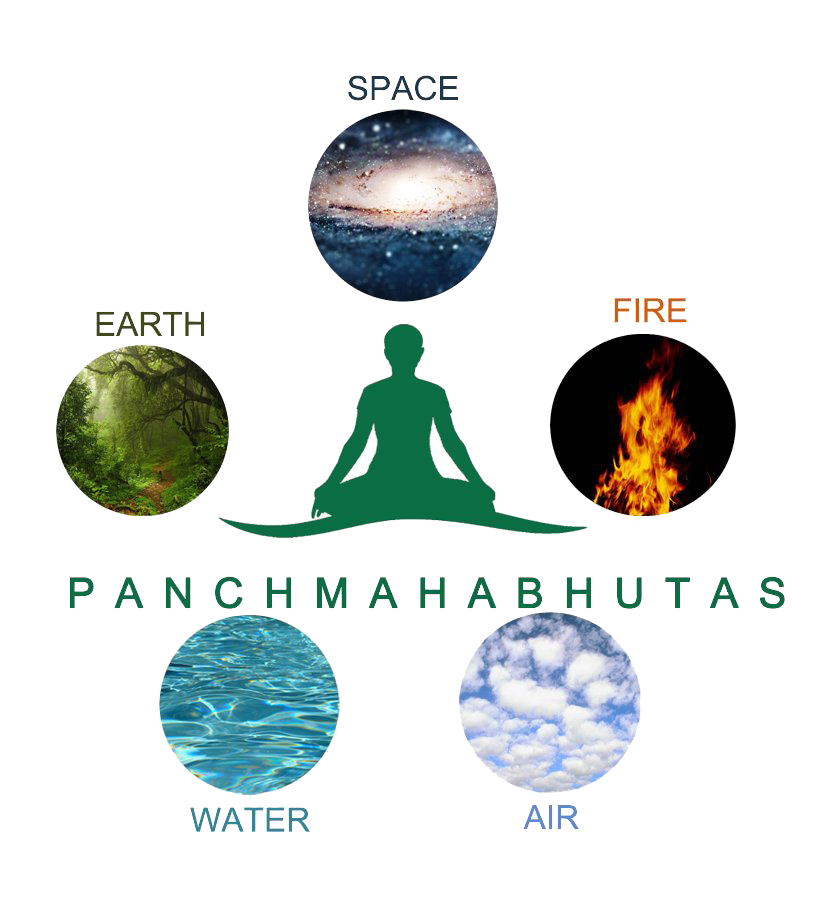What is Ayurveda ?
Ayurveda,
the ‘Science of life’
Ayurveda represents a comprehensive approach to healthcare rooted in Indian tradition, embracing a constitutional model to promote overall well-being. It offers adaptable guidance aimed at achieving optimal health, catering to individuals facing various health concerns.
Its foundation lies in two Sanskrit terms: “Ayu,” signifying life, and “Veda,” denoting knowledge. Consequently, Ayurveda can be aptly termed as the “Science of Life,” transcending mere disease management to encompass a holistic understanding of existence.


History of Ayurveda
The ancient sages, known as rishis, attained truth through dedicated religious practices and disciplines. By delving deeply into meditation, they embodied truth in their everyday existence. Ayurveda, the holistic system of health, embodies the practical, philosophical, and religious insights of these revered sages. Evidence of Ayurveda’s origins can be traced back to the ancient texts of wisdom called the Vedas. The Atharva Veda, believed to date back over 10,000 years, elucidates Ayurveda as a methodology aimed at restoring an individual’s health by aligning them with the innate principles of nature and their true essence.
Ayurvedic Body Types
Ayurveda derives its foundation from the concept of three doshas, representing fundamental energy types known as vata, pitta, and kapha. These doshas are believed to pervade every aspect of existence, serving as the elemental constituents of the physical realm. They intricately interplay to shape diverse climates, cuisines, biological species, and even variations within a species, governing various physiological processes within each individual. Remarkably, the unique blend of vata, pitta, and kapha within an individual profoundly shapes their physical, mental, and emotional characteristics.
Now, let’s delve into an exploration of these three doshas and their distinct roles within the human body.


Kapha Dosha (water energy):
Kapha embodies the fusion of earth and water elements, constituting its primary composition. This vital force manifests as the bedrock of solidity and structure within all entities, facilitating the essential cohesion required for maintaining distinct forms. Governing bodily growth, Kapha ensures the provision of moisture to every cell and region, thereby nurturing cellular hydration, joint lubrication, skin moisture, immune sustenance, and tissue safeguarding. Its harmonious equilibrium is characterized by expressions of compassion and forgiveness, yet when disturbed, it may provoke sensations of insecurity and jealousy.
Vata Dosha (wind energy):
Vata primarily consists of the elements of space and air, embodying the energy closely tied to creativity and adaptability. It governs various bodily functions related to movement, such as blood circulation, breathing, blinking, tissue mobility, cellular movement, heartbeat, and the coordination between the mind and the nervous system. When vata dosha becomes imbalanced within the body, it may manifest as feelings of fear and anxiety.


Pitta Dosha (fire energy):
Pitta predominantly comprises the elements of fire and water, blending characteristics of heat, sharpness, lightness, liquidity, oiliness, and subtlety. It is not inherently static nor entirely mobile but tends to diffuse. Responsible for regulating metabolic functions such as digestion, absorption, nutrient processing, and body temperature, Pitta plays a crucial role in maintaining physiological balance. In a state of equilibrium, it fosters a sense of satisfaction and cognitive clarity, yet its disturbance can manifest in conditions like ulcers and irritability.
Panchamahabhutas -
Five Great Elements
Ayurveda posits that the entire universe is composed of five fundamental elements: earth (prithvi), water (jal), fire (agni), wind (vayu), and space or ether (akash). Together, these elements form what is known as Panchamahabhutas.
In Ayurveda, the belief in the similarity between the constituents and operations of nature and those of the human body is central. The concept of Panchamahabhutas is thus considered foundational to Ayurveda, providing insight into the workings and dynamics of the human body.
These Panchmahabutas permeate every aspect of existence, from living beings to inanimate objects in the universe. Sometimes referred to as mahabhutas due to their significant size or extensive presence, these elements are fundamental to all creation.
So, how does the human body function in relation to these elemental principles? When the five basic elements constituting the human body unite with the soul or atma, life manifests within this amalgamation, giving rise to the physical body. Any imbalance among these elements within the body can result in ailments specific to the affected element(s). For instance, disturbances in the prithvi (earth) element, which predominantly constitutes bone tissue, can lead to conditions like osteoarthritis.
Ayurvedic treatment principles predominantly focus on restoring balance among the Panchamahabhutas within the body. Therefore, grasping the concept of Panchamahabhuta is crucial, particularly in the context of treatment, as it forms the basis for understanding and addressing various health issues.


Ayurveda for Everyday Life
Ayurveda embodies the wisdom of harmonizing with nature’s laws, offering a holistic approach to health rooted in ancient Indian tradition. It advocates for a balanced lifestyle through natural practices, remaining as pertinent today as in antiquity. Its principles readily adapt to modern life, facilitating a healthy, stress-free existence.
Central to Ayurveda are three pillars: healing, prevention, and healthcare. Prevention, emphasizing the maintenance of well-being and methods for longevity, takes precedence. While Ayurvedic Home Remedies can effectively address various ailments, the focus remains on preventive measures, recognizing the challenge of restoring health once compromised.
Ayurveda places significant emphasis on pathya (lifestyle), dietary habits, and daily routines. It guides individuals on adjusting lifestyle according to their environment, incorporating Ayurvedic products and medicinal plants for overall well-being. Integration of Ayurveda need not entail drastic lifestyle changes; simple shifts such as opting for natural, organic ingredients and regular exercise, like walking, can profoundly impact health.
Prioritizing fresh juices over processed ones and including seasonal, fresh vegetables in meals prevents toxin accumulation in the body, promoting vitality throughout the day. Adequate water intake aids in toxin elimination, while a glass of warm water before bed fosters digestion and ensures restful sleep. For indigestion, natural remedies offer quick relief, aligning with Ayurvedic principles of holistic health.
Benefits of Ayurveda
Based Lifestyle
- It increases immunity
- It is natural
- It has no side-effects
- It recommends eating foods that are easily available, non-toxic & aids in healing
- Removes diseases from the root
- Improves bodily functions
- Increases one’s life span
- Relaxes, rejuvenates & revitalizes
Aprime Health, renowned as a leading Ayurvedic company globally, empowers individuals to embrace an Ayurveda-centered lifestyle through its extensive array of products.
